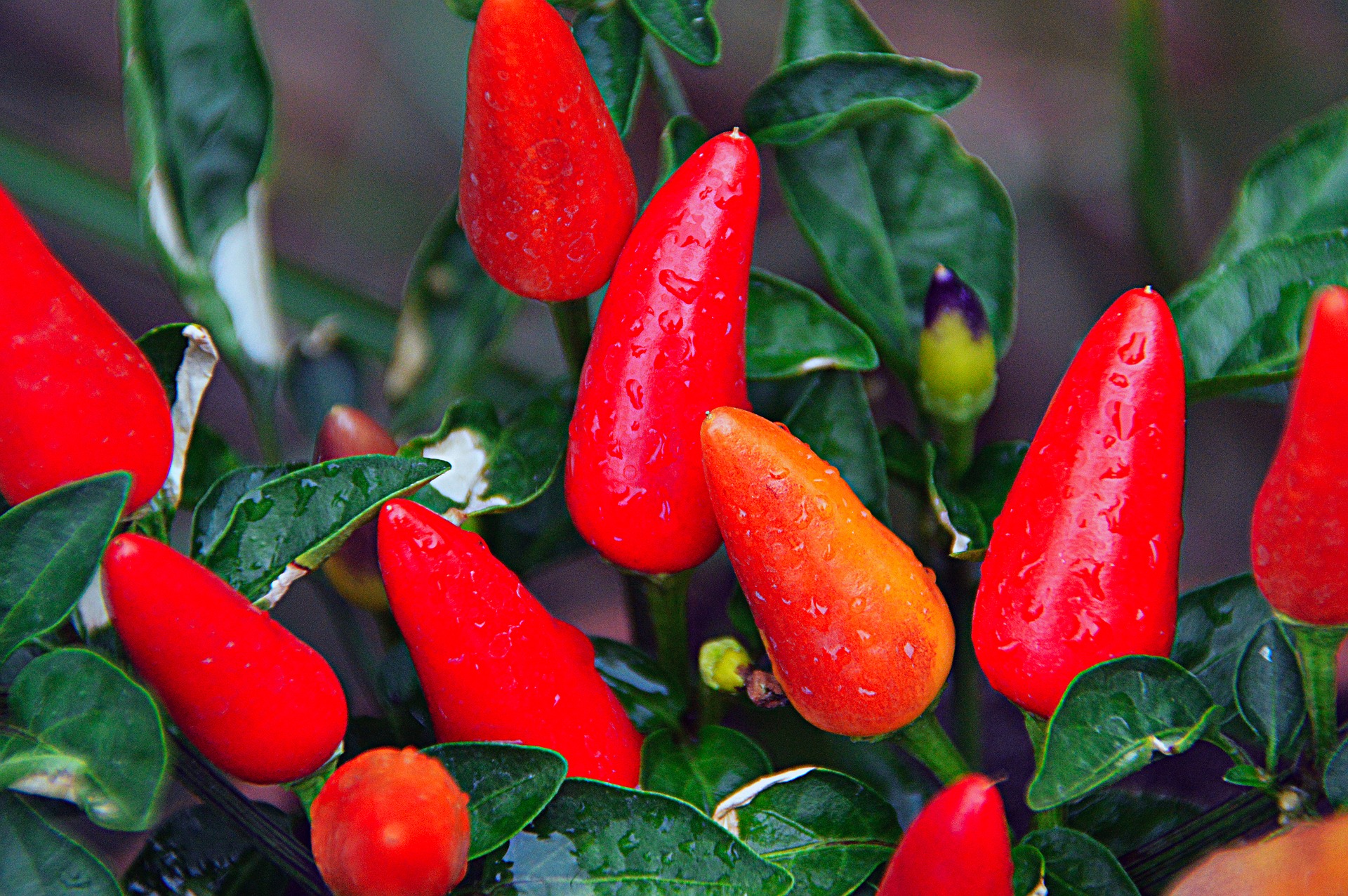
Lots of nutrients are good for your plants, right? Well, yes, but it is possible to give your plants too much of a good thing. It’s like when you take vitamins. A daily multivitamin can help round out the nutrition you get from your food. But swallowing the entire bottle of vitamins could cause severe health problems. And just like your body will signal a vitamin overdose with physical symptoms, your plants will develop symptoms that tell you when they’ve had too much.
How to spot nutrient burn
Nutrient burn will be evident on the leaves of your plants. Here’s what to look for on the leaves.
- Drooping
- Yellow coloring
- Brown spots
- “Burnt”, dry, brown edges
Nutrient burn is not just a cosmetic problem. Overfertilized plants will have smaller yields than they could have. In some cases, you can reverse the damage. But other times you will end up with significantly impaired yields from flowering plants.
What causes nutrient burn
Nutrient burn is caused by the roots of the plants absorbing too much nutrition from the fertilizer you apply. If you’re growing in a hydroponic setup, your plants can get nutrient burn from the hydroponic solution, and that means the problem could be present in multiple plants. It is possible, however, for plants to develop nutrient burn even when you are applying the correct amount of nutrients. This kind of burn is the result of other stressors, like parasites, that make your plant unable to properly utilize nutrients.
You may also want to check the lighting levels in your indoor garden or grow room. Plants actually utilize more available nutrients when they receive more light. So keeping the lighting too low makes it more likely for plants to develop nutrient burn.
If you’re uncertain of the cause, it’s always better to reduce the amount of fertilizer you’re using. The truth is it’s better to give fewer nutrients than your plants can fully utilize than to get too crazy with the fertilizer.
Reversing the effects of too much fertilizer
If caught early, you may be able to reverse the damage caused by using too much fertilizer. Note, however, that any brown edges on the leaves will remain. They won’t turn green again. But the new leaf growth will be green and healthy.
The first thing to do is flush the roots with fresh water that doesn’t contain any fertilizer solution. Flushing the roots applies to plants in soil and in hydroponic setups. For hydroponics, drain the water from the reservoirs and refill with clean water. Allow the system to run with clean water for at least 24 hours.
Before adding hydroponic solution back into the system, test the EC (electrical conductivity) levels with a TDS meter. When the level is close to zero, you’re ready to start adding nutrients in again. Start with about half as much as you think you need, and continue to monitor the progress of your plants as you gradually increase nutrients.
Come into Indoor Cultivator in Fairview Heights to ask our team about which hydroponic solutions and fertilizer options we suggest.
